San Miguel Island Closure Irks Officials
Many Questioning Navy’s Sudden Shutdown of Channel Islands National Park Isle
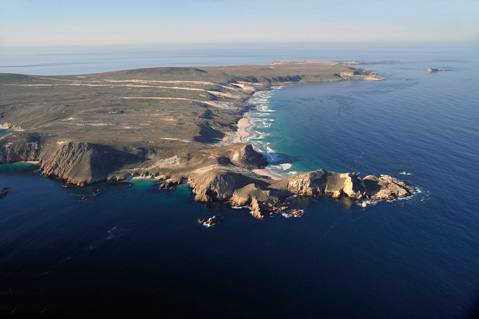
When the Navy closed San Miguel Island in April for the first time in 50 years, officials said it was to look for old, unexploded bombs that were dropped on the wind-whipped crag of rock when it was a military test range. The National Park Service (NPS), longtime steward of the island’s treasure trove of wildlife and archaeology, had recently proposed more public access — beyond the small campground and ranger-guided hikes that have existed for years — and the Navy said it was worried that any leftover weaponry might pose a risk to visitors. The discovery of suspicious but ultimately harmless pieces of metal in January may also have spooked authorities.
But while the military, which owns the island, said it would move “expeditiously” to conduct its “risk assessment,” Captain Lawrence Vasquez and Naval Base Ventura County have yet to take the first step in that process — securing around $250,000 to $500,000 in internal funding to prepare for and conduct their security sweeps. That lack of movement, coupled with relative radio silence from military brass around the open-ended closure timeline, has roused the ire of some and the curiosity of many who’ve asked why, after decades of ranchers, rangers, scientists, and hikers tromping around the 14-square-mile archipelago without incident, the Navy is suddenly so nervous about public safety, and why Vasquez won’t elaborate on the “grave concerns” he obliquely referred to in his April 14 letter announcing the closure.
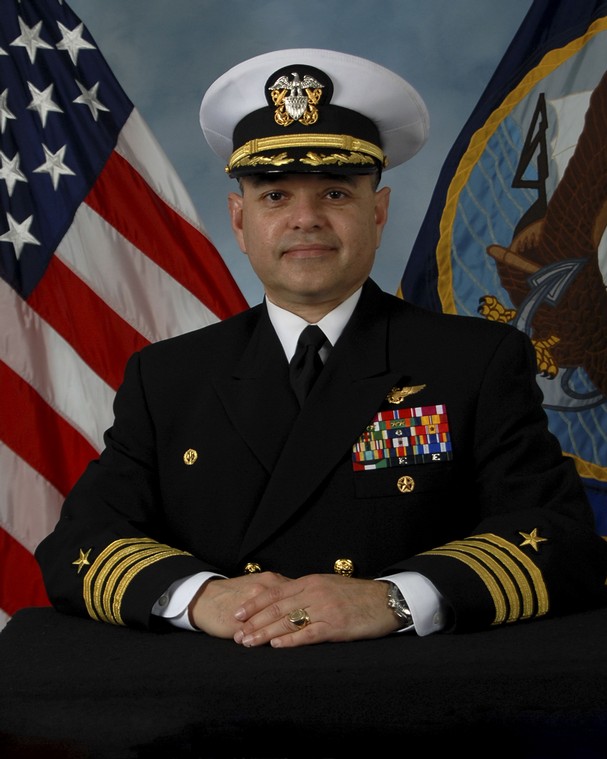
Congressmember Lois Capps sent her own letter to Vasquez this Friday asking him to hurry things up, consider allowing some public visits while the risk assessment takes place, and be more transparent and collaborative with the entire process. It was also signed by Congressmember Julia Brownley of California’s 26th district, which includes most of Ventura County. “The anticipated 1,500 visitors and 500 campers who visit the island each year are losing out on a cherished experience of the natural and cultural beauty unique to our National Park system,” the letter states. “Reduced visitation to [San Miguel Island] is also harming our local economy by taking away business from local touring companies.”
Senator Dianne Feinstein’s office is in contact with the Navy, as well, and it turns out the NPS has been dubious from the start. “In our view, nothing about the characteristics, management, or use of [San Miguel Island] has changed in a manner that necessitates such an immediate or hard closure,” wrote Russell Galipeau, superintendent of the Channel Islands National Park, in an April 18 letter to Vasquez, a highly decorated leader from the Bronx who took over Naval Base Ventura County in 2012. “It is a pleasure to share [the island] and its history with America, and we are very disappointed that a more collaborative approach was not taken with this closure,” Galipeau noted.
Before the shutdown, the majority of people who visited San Miguel arrived by charter boats that anchored at Cuyler Harbor. Travelers were allowed to explore the nearby beach and hike up to the ranger station and campground, but they had to be escorted along the eight-mile trail to Point Bennett on the opposite side of the island. Under the proposal, a spike camp would be created in a dry lake bed near Point Bennett, and visitors would be able to fly onto a small landing strip.
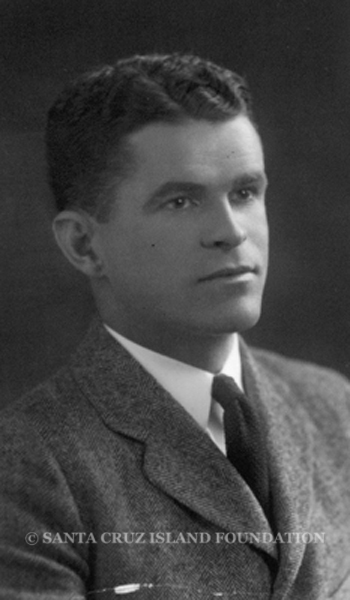
Beating the anti-closure drum the loudest is cultural anthropologist Marla Daily, longtime president of the Santa Cruz Island Foundation and archivist for all eight of the Channel Islands. Accusing Vasquez of abusing his power and telling outright lies about when the island was bombed, Daily was forced to cancel a reunion more than a year in the making of three families whose histories are deeply intertwined with San Miguel. The Brooks, Lester, and Hammond clans were scheduled to meet and stay on the island for three days last weekend to commemorate the 85th anniversary of Hammond Airfield and visit historic ranching sites. A similar get-together took place 20 years ago, but Daily said many of last weekend’s invitees are quite old — Betsy Lester, who grew up on the island, is in her 80s — and may not have another opportunity to travel.
Daily said Vasquez closed San Miguel on “capricious and spurious grounds” and that it’s highly suspect he has declined to say what kind of dangers he thinks lurk in the island’s grass and sand. “Show me proof, and I’ll shut up,” said Daily, who has dogged military leaders for months and filed a Freedom of Information Act (FOIA) request for more details on the reasons behind the shutdown. (The Independent has also submitted a FOIA request, which is still being processed.) “That island is innocent until proven guilty,” she went on. “If this were Yosemite, there would be an uproar!”
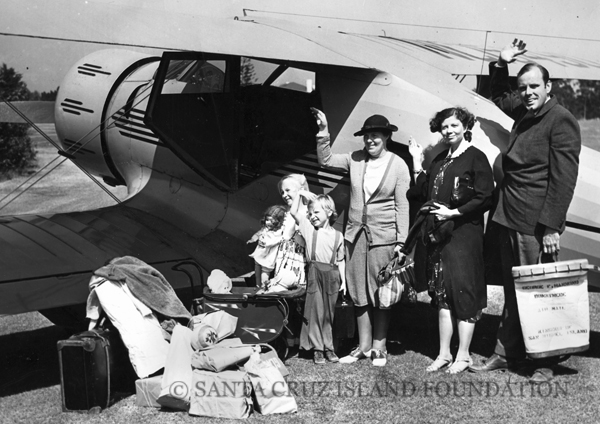
When asked why, then, Vasquez made his contentious order, Daily speculated he may be uneducated about San Miguel history, could be vying for a promotion, or simply suffer from a Napoleon complex and be flexing against the NPS’s proposal. Daily also took issue with Navy statements that the island was used as a bombing range during WWII. “That is absolutely, categorically false,” she said, pointing to hundreds of hours of oral histories she has collected over the last 40 years and claiming the Navy had only established a coastal lookout station at the time. Her records also show that the island was swept in 1965 and 1977 but turned up nothing.
So while other theories of motivation for the shutdown range from slightly plausible to plain crazy — this is the military’s first step toward an eventual and complete takeover of the island; the Navy has created a panga interdiction base on the back of it; the missing Malaysian airliner crashed nearby, etc. — questions continue to fill the void of information. “The reason they gave doesn’t really make much sense,” said Meredith Brooks Abbott, who was supposed to be a part of the reunion, and whose father, Robert, ranched on San Miguel for three decades before the Navy revoked his lease in 1948 and gave him 72-hour notice to collect his sheep and belongings so the land could be used “for military purposes of a confidential nature.” Abbott said the closure feels to her like “an excuse to keep us away,” but she doesn’t know why. “It would be amazing to know the real reason,” she said.
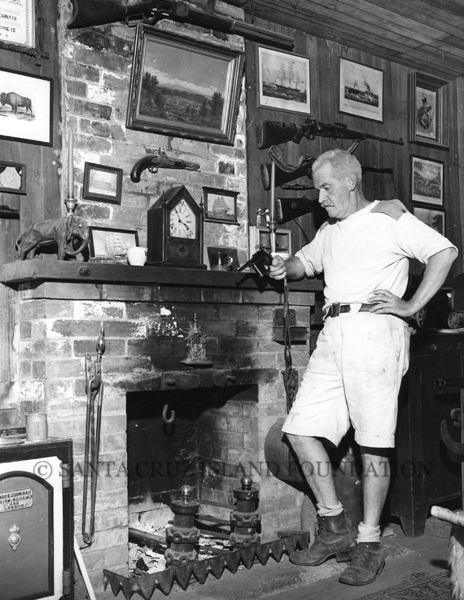
Cherryl Connally, co-owner of Ventura-based Island Packers, which normally ferries adventurers out to San Miguel multiple times a month, is similarly perplexed by the Navy’s decision. “There’s something that someone isn’t telling us,” she said. “There must be something we don’t know that’s top secret.” While the average citizen has been kept away, a skeleton crew of Park Service rangers and field staff, who have been trained in what kinds of worrisome items to look for and how to report them, are allowed back on the island. The Navy issued a public announcement about the closure, but despite Park Service pleas, has not posted any signs at the island about restricted access. For overnight anchorages, private boaters are allowed at Tyler Bight and Cuyler Harbor.
Kimberly Gearhart, spokesperson for Naval Base Ventura County, said the funding search is underway and is slow going because budgets are set years in advance and the risk assessment is an unforeseen expense. “If you haven’t set money aside for your roof to fall in, and it falls in,” she explained with an analogy, “it takes time to get the money together.” Gearhart said she’s aware of a cleanup that took place in the 1960s, but it was quick and cursory. The Navy, which keeps San Clemente Island closed to the public (it was used during WWII as a training ground for amphibious landing craft) as well as San Nicolas Island (it was the site of rocket tests), has also stated that bombing took place at San Miguel as recently as the 1970s.
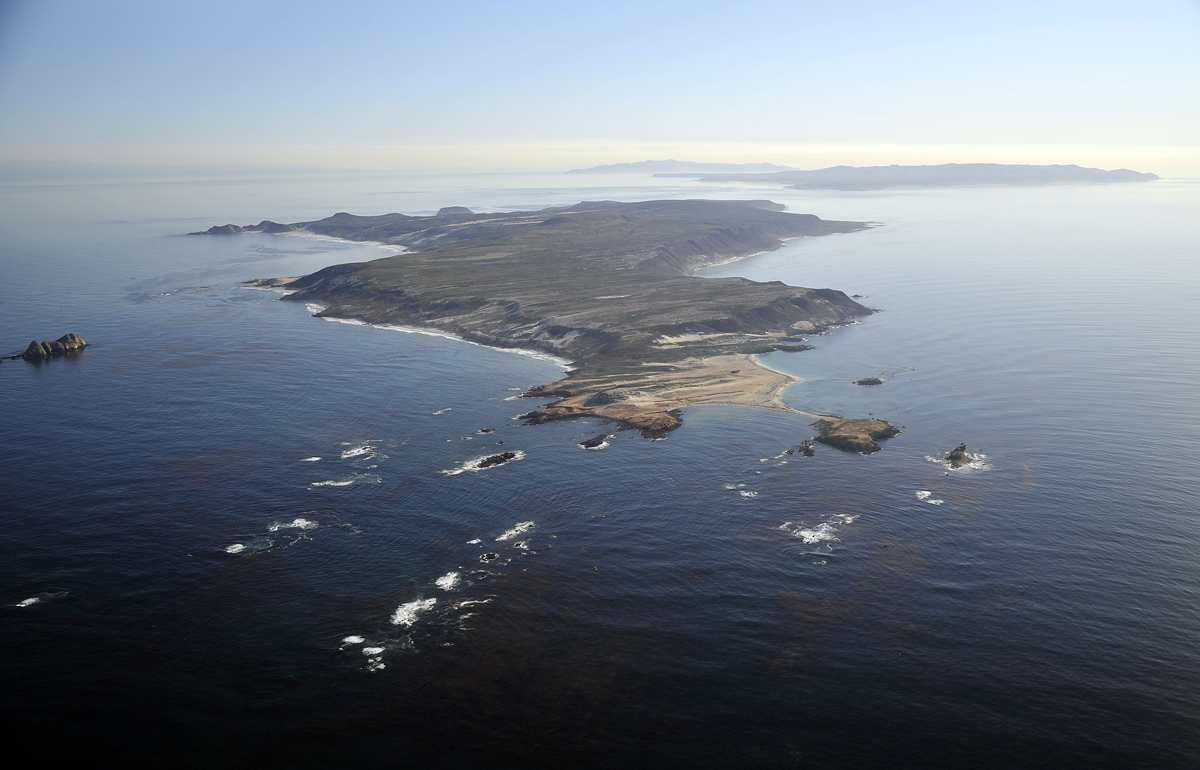
Records are spotty and incomplete, Gearhart went on, and it’s not yet known what kinds of bombs were dropped when and where and what it will take to render the entire island safe. She also said officials don’t know if any bombs, live or dummy, have been uncovered over the years. (Daily said four dummies were unearthed, and Galipeau said the Park Service is aware of two discoveries. The details around all the incidents are murky.) Though Daily’s oral histories and research are helpful, the Navy must rely on official reports and photographs, Gearhart said. Talks with the corps of engineers are also taking place. “For us, it’s not about proving there is ordnance,” she said. “We want to prove there isn’t.” She sympathized with Daily and the loss of access, but said ensuring no one is hurt by an errant bomb trumps those concerns for now.
In an interview on Monday, Galipeau said he’s having a hard time understanding the Navy’s sudden anxiety over liability and public safety and that he just doesn’t get why the iron gate was shut so quickly and completely. From a Park Service mission and management standpoint, it’s a real problem that people now can’t experience the island’s rare caliche forest, roosting pinnipeds, and sweeping vistas of the sea, he went on, noting that rangers have always monitored the area with especially strict rules because of the sensitivity of the rare and prized environment. “Who’s responsibility is it to maintain the island if it doesn’t have public use?” he asked.
In his last correspondence with Vasquez, Galipeau said he included a map that showed where his staff had been on the island over the last 10 years. It covered much of the terrain. The site of the proposed public spike camp has been used for years by NOAA researchers, he went on, and all the other areas that would be opened up to day visitors or campers have already been walked over time after time by rangers and other scientists, he said. Looking ahead, Galipeau is working for a re-open sometime in the coming year, but in the meantime, he’s unclear how many resources the Park Service is expected to cough up to enforce the Navy’s order. “You can’t just close an island and expect no one to show up,” he said. “It’s their closure, not ours.”



